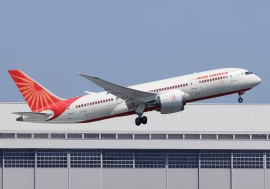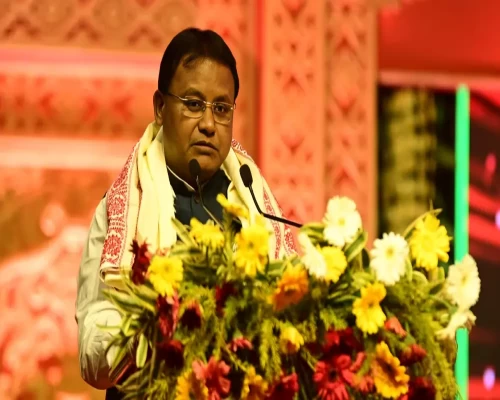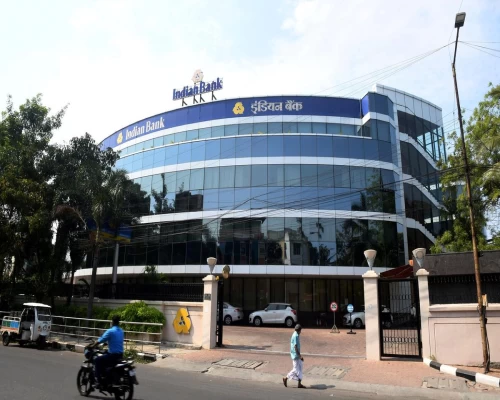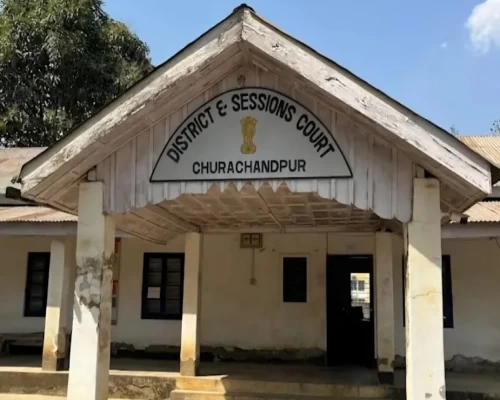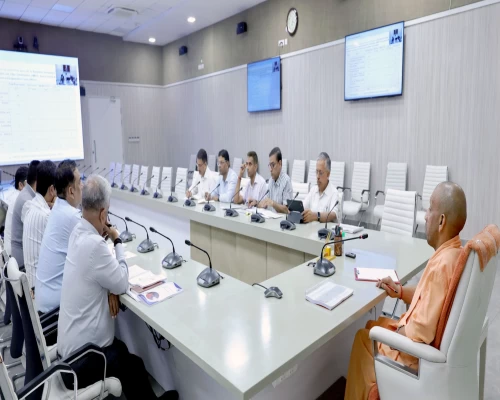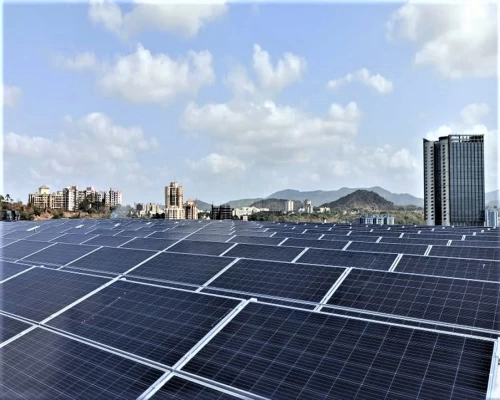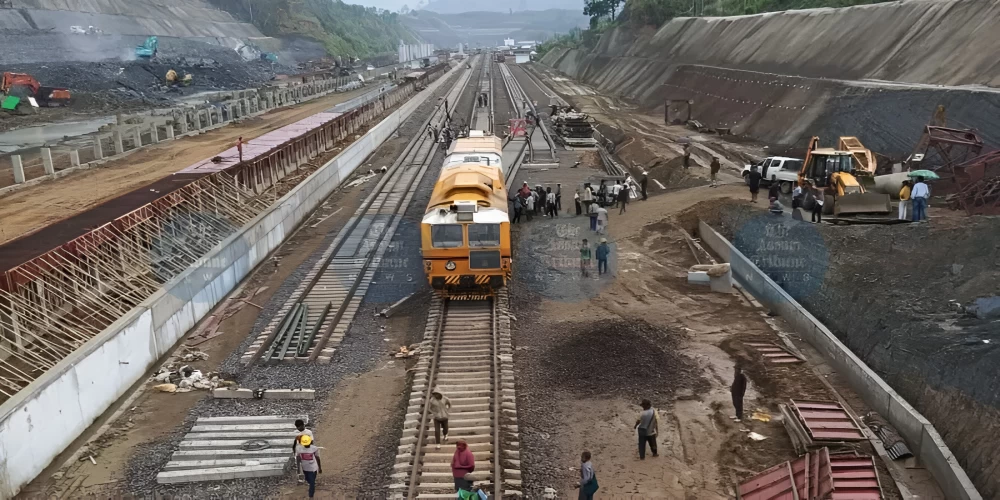
Aizawl: Aizawl has finally found its place on the Indian Railways map. Mizoram’s capital has been linked to the rest of the country through the 51.38-km Bairabi–Sairang line, making it the fourth capital in the North-East to get rail access after Guwahati, Agartala and Itanagar.
The Northeast Frontier Railway (NFR) conducted a successful trial run on 1 May, running a train to Sairang, a satellite town about 20 km from Aizawl. Bairabi, located in Kolasib district near the Assam border, had been Mizoram’s only railhead until now.
Train services are expected to begin once the Commission of Railway Safety (CRS) completes its inspection. A senior Railway Ministry official stated that the CRS would conduct the inspection this week, after which the inauguration can take place and operations may commence. Barring a few sideworks, the line is nearly complete.
The Bairabi–Sairang project has achieved 94.52 per cent physical progress and 97.13 per cent financial completion, as per the Ministry of Railways. With a revised cost of ₹5,021.45 crore, the project was divided into four segments. The Bairabi–Hortoki segment (16.72 km) was commissioned in July 2024, while the remaining stretches — Hortoki–Kawnpui (9.71 km), Kawnpui–Mualkhang (12.11 km), and Mualkhang–Sairang (12.84 km) — are expected to become operational by June.
Building the line across Mizoram’s challenging terrain involved complex engineering. The project includes 48 tunnels totalling nearly 13 km in length, 55 major bridges, 87 minor ones, along with several road overbridges and underpasses. Among the standout structures is Bridge No. 196, which rises to a height of 104 metres — over 30 metres taller than Delhi’s Qutub Minar.
This new rail link is part of a larger effort by the Central Government to bring all North-Eastern state capitals onto the railway network. Major infrastructure projects are currently underway in Nagaland, Sikkim, Arunachal Pradesh, Manipur and Tripura as part of this vision.
In Nagaland, the Dimapur–Kohima (Dhansiri–Zubza) line spans 82.5 km. Work on this stretch has reached 65 per cent physical progress and nearly 68 per cent financial progress. The revised completion date is December 2029. For Arunachal Pradesh, the Murkongselek–Pasighat line is expected to strengthen rail connectivity. This 26.15-km project is at 41 per cent physical progress and over 55 per cent financial completion, with a target of February 2026.
Sikkim is being connected through the Sivok–Rangpo line, a 45-km route critical for defence and strategic movement near the Sino-Indian border. With work involving 14 tunnels, the physical progress stands at 73 per cent, and the line is expected to be ready by December 2027. In Manipur, the Jiribam–Imphal line, covering 111 km, is nearing completion, with 91 per cent of work already done.
In addition to new rail routes, several doubling projects are being executed to improve capacity in vital corridors. These include the Agthori–Kamakhya rail-cum-road bridge, a 7.06-km structure over the Brahmaputra in Assam, scheduled for completion by December 2029. The New Bongaigaon–Agthori via Rangiya stretch (143 km) was commissioned in October 2024. Another project, the New Bongaigaon–Goalpara–Kamakhya line, is expected to be completed by March 2027.
As of 1 April 2024, 18 railway projects covering 1,368 km — comprising 13 new lines and five doubling projects — are in various stages of planning and execution in the North-East. Together, these projects are estimated to cost ₹74,972 crore, of which ₹40,549 crore has already been spent. So far, 313 km of rail lines have been commissioned.
A closer look reveals that 81 km of the 896 km in new line works and 232 km of the 472 km in doubling works have been completed. The respective expenditures stand at ₹34,616 crore for new lines and ₹5,933 crore for doubling.
Over the past three years, 21 surveys have been sanctioned in the region — 17 for new lines and four for doubling — covering 2,499 km of proposed railway expansion.
The North-East has also seen a significant increase in railway budget allocations. For the 2025–26 financial year, ₹10,440 crore has been earmarked to support railway development across the region.
Under the Amrit Bharat Station Scheme, key stations in the North-East are being targeted for modernisation. These include Dimapur, Agartala, Udaipur, Kumarghat, Dharmanagar, Sairang, Imphal, Naharlagun, Mendipathar, Rangpo, and over 50 stations in Assam, such as Guwahati and Kamakhya.
Presently, the region operates a pair of Vande Bharat trains between Guwahati and New Jalpaiguri. Two Amrit Bharat trains have also been proposed to strengthen high-speed rail connectivity and provide a further boost to development and accessibility in the North-East.
BI Bureau



